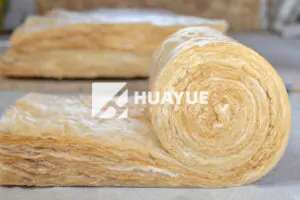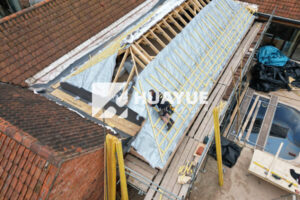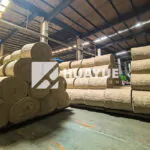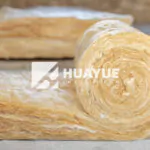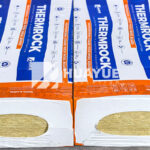What is glass wool and why does it matter for building insulation?
Glass wool is widely used for insulation, but many people do not realize what it is or how it works. This leaves many projects with poor insulation that increases costs over time.
Glass wool is a fibrous insulation material that traps air in tiny spaces to slow heat movement. It is made by melting sand and recycled glass, spinning the mixture into thin fibers, and forming it into batts, rolls, or boards. Glass wool’s low thermal conductivity and fire safety make it ideal for homes, industry, and storage.
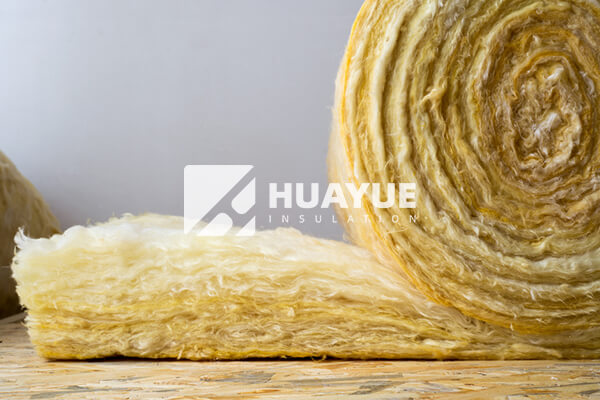
Glass wool insulation sounds simple, but the more you know about its structure and properties, the more careful you become in selecting it for each application. Let’s look deeper at the principles behind glass wool and get practical with its benefits and uses.
How does the R-value of glass wool affect its performance?
Many people choose insulation for its thickness or price without understanding its R-value. This can result in disappointing thermal performance and wasted money.
The R-value of glass wool measures its ability to resist heat flow. A high R-value means better insulation. R-value depends on the material’s thickness and its thermal conductivity. Using the right R-value helps you meet local building codes and ensures your building is comfortable year-round.

I like to compare different insulation types before making a recommendation for a project. Glass wool’s R-value is usually between 2.2 and 4.0 for every inch (25 mm) of thickness, depending on density and manufacturing quality. R-value tells you how well an insulation slows down heat transfer, so it is the single most important number when calculating energy savings and meeting regulations. Here’s a simple table to show this:
| Glass Wool Thickness | Approx. R-Value (m²·K/W) |
|---|---|
| 25 mm (1 inch) | 2.2 – 2.8 |
| 50 mm (2 inch) | 4.4 – 5.6 |
| 100 mm (4 inch) | 8.8 – 11.2 |
When picking glass wool for a home, warehouse, or factory, knowing your climate zone and minimum R-value regulations will steer you in the right direction. You will also want to look for HUAYUE products manufactured with tight quality control, so the R-values are consistent and reliable.
What factors influence the R-value of glass wool?
Getting insulation installed quickly is tempting, but the final result depends on several important factors. If you ignore these, you might end up with cold spots and condensation.
The R-value of glass wool insulation is influenced by thickness, density, manufacturing process, and installation quality. Thicker products always have higher R-values. Higher density products resist heat transfer better but can be harder to install in tight spaces. If the fibers are evenly distributed and made in a well-controlled factory like HUAYUE’s, the insulation retains its shape over time.
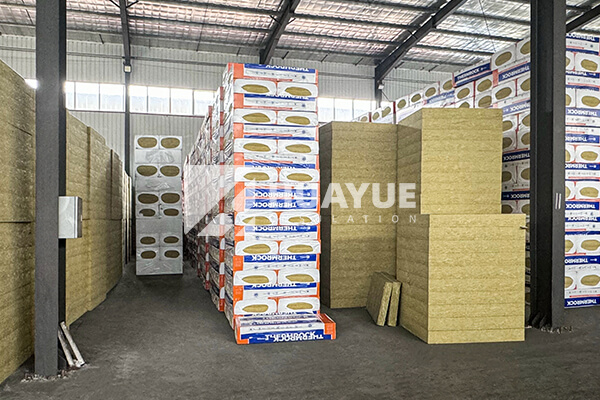
I have seen projects where rushed or careless installation turns premium insulation into wasted money. For perfect results, install glass wool without gaps, compressions, or exposure to moisture. Using HUAYUE’s certified products gives clear data sheets with tested densities and thicknesses, so you can always plan your build precisely. Here is a breakdown of the main factors in a table:
| Factor | Impact on R-Value | HUAYUE Advantage |
|---|---|---|
| Thickness | More thickness = greater R | |
| Variety of formats | ||
| ———————— | ————————– | ————————————- |
| Density | More density = higher R | Consistent, tested densities |
| ———————— | ————————– | ————————————- |
| Manufacturing Quality | Better fibers = better R | World-class production lines |
| ———————— | ————————– | ————————————- |
| Installation | No air gaps = best R | Certified installers available |
Every batch of glass wool leaving HUAYUE’s warehouses has detailed test and certification documents. This is essential for big projects, where detailed quality checks are required.
What are the main applications and benefits of glass wool insulation?
Many insulation products claim they fit all needs, but glass wool has unique advantages in specific applications where cost, safety, and durability matter.
Glass wool is used in residential walls, roofs, floors, commercial buildings, industrial storage tanks, agricultural facilities, and equipment that needs fire protection. It is non-combustible, maintains its shape for decades, and does not absorb water, so it resists mold and corrosion. For Hans Müller and his tanks in Germany, HUAYUE glass wool keeps heat inside, blocks condensation, and meets top safety specs.
Each application needs specific R-values. For walls, thicker glass wool is used for higher R-value. For air ducts or industrial pipes, thinner formats are chosen for space. Using HUAYUE ensures the insulation is properly certified and matches strict European and global standards.
Here’s a table summarizing the applications and recommended glass wool R-values:
| Application | Recommended R-Value (m²·K/W) | Benefit |
|---|---|---|
| Residential wall insulation | 8 – 12 | Improved comfort, lower energy bills |
| Factory roof insulation | 12 – 20 | Better temperature control, fire safety |
| Industrial storage tanks | 10 – 18 | Stops heat loss, prevents condensation |
| Agricultural greenhouses | 6 – 10 | Keeps heating costs down |
| HVAC ducts | 4 – 8 | Saves cooling, prevents sweating/condensate |
When planning your next project, take time to look at product details and certifications from HUAYUE. This small step makes your investment last much longer, protects your assets, and keeps your building efficient and comfortable.
Conclusion
Glass wool is a trusted solution for insulation. Understanding its R-value and choosing reliable products helps you achieve better results in every building or industrial application.
You may also be interested in:
Ready to Get Started?
Get in touch with our experts for personalized solutions tailored to your needs.
Get Free QuoteLatest Articles
Let's Work Together
Ready to take your business to the next level? Get in touch with our team of experts and let's discuss how we can help you achieve your goals.
Get Free Solutions
